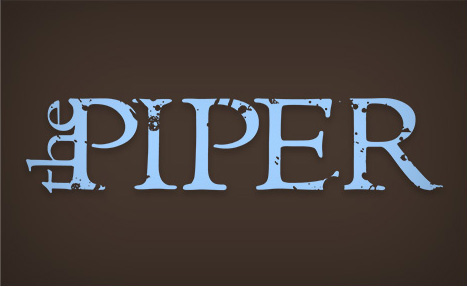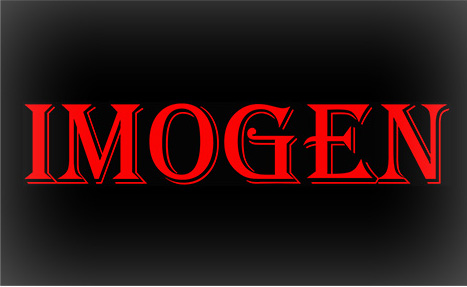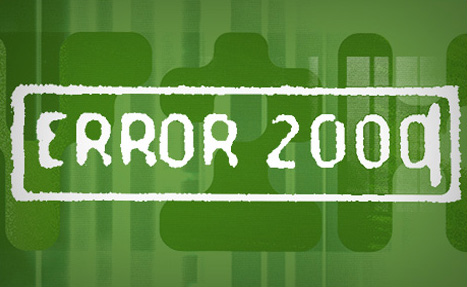














Summary
A woman imprisoned for unspecified crimes awakes in darkness and blindly explores the boundaries of her cell by feel. She stumbles and falls, and by doing so avoids an inevitable plunge into a hole in the floor – the Pit, a drop into unimaginable horrors. The Prisoner, realizing she has become the plaything of her jailers, shrinks into a corner.
She passes out and wakes to find herself securely tied down on a platform. The lights are now on and she can see the Pit in the floor. What she sees above her is a huge pendulum swinging in the rafters above, each swing bringing it closer and closer.
After agonizing hours of the razor-sharp blade’s descent to her chest, the Prisoner enlists the aid of the loathsome rats which infest the Pit by coating her bonds with remnants of food.
Lured to her bonds, the rats eat them apart just as the blade slices the Prisoner’s clothing. She slithers sideways and escapes. She is elated. It is a short-lived triumph. The pendulum machinery is abruptly drawn up into the ceiling and reset for another victim.
The final trial comes when the walls of her cell grow red-hot and move together, relentlessly forcing her toward the fearsome Pit.
Background
The impact of this film is in its presentation, not its dressings.
It is intent on shattering traditional passive-viewer dogma in order to stimulate active-viewer participation, to engage the Viewer as powerfully as radio once engaged the Listener.
The catalyst is a classic tale written in 1842 by Edgar Allan Poe, The Pit and the Pendulum.
This intense and powerful First Person narrative concerns the sufferings of one person living out a nightmare of unrelenting horrors.
Marshall McLuhan mentioned Poe when he first wrote about the telegraph mosaic in his Understanding Media (1964):
“By offering an incomplete image or process, Poe involved his readers in the creative process in a way that Baudelaire, Valery, T. S. Eliot, and many others have admired and followed. Poe had grasped at once the electric dynamic as one of public participation in creativity. Nevertheless, even today the homogenized consumer complains when asked to participate in creating or completing an abstract poem or painting or structure of any kind. Yet Poe knew even then that participation in depth followed at once from the telegraph mosaic.”“. . . participation in depth followed at once from the telegraph mosaic.”
Rarely are 21st Century Viewers so challenged. This project means to dust off McLuhan’s concept and bring it to 21st century Viewers utilizing one of Poe’s own stories.
It all relies on engaging the Viewer’s focus. To get that kind of involvement, that kind of commitment from the Viewer requires effective use of lighting, cinematography, Performance, Foley, and skilful editing, to provide enough sensory imprints with which to construct a personalized setting for the horrifying events of the tale.
The massive pendulum mechanism is constructed from the movement of shadows and flashes of light which in combination provide the framework for the Viewer’s imagination to embellish.
The Viewer’s imagination is the architect of the dungeon, its smells, its textures, and will create far more terrifying images than any we could build.
The Production
This film is designed to create an unusually intense viewing experience with a minimum of fixtures, using filmic techniques to stimulate the Viewer to a high emotional plane.
No complicated sets or elaborate props are necessary to bring this story to life. It is not necessary to show the metal walls of the dungeon, or the unmentionable horrors in the bowels of the pit, or the massive razor-sharp blade of the pendulum for they will all be constructed in the mind’s eye of the Viewer.
Accomplishing this requires effective use of lighting, camera movement and placement, foley, and tension paced editing; all aimed at giving the Viewer a visual and auditory imprint with which to create a personalized setting for the horrifying events of the tale.
The massive pendulum mechanism is built out of whole cloth by simply providing the framework for the Viewer’s imagination to build it.
Poe’s narrator describes her predicament and her feelings about the pendulum swinging above her while the Viewer sees shadows cross her face and watch her eyes follow the blade moving closer and closer as it descends, seeing the Prisoner’s head begin to rock back and forth in beat with the blade until finally she has to crane her neck awkwardly forward to see it swinging inches from her chest.
Many elements make up this sequence: a gust of air to disturb her hair when the blade passes close; a mechanical rhythmic whoosh growing louder as it descends, tilt-angled shots of shadow regions in the ceiling where occasional flashes of reflected light betray the whereabouts of the blade (always just out of sight); pendulum POV shots swinging over the Prisoner, etc.
These production details are designed to make full use of the unique language of the screen, to focus the Viewer’s complete attention, therefore involving them, on Poe’s words which fill in the image.
Every element works together to transport the viewer into the claustrophobic, mind-wrenching world of Edgar Allan Poe: cutting techniques create the mood, lighting effects stimulate emotions, Foley provides a sense of presence, camera movement focuses attention and performance skills make it terrifyingly real.









